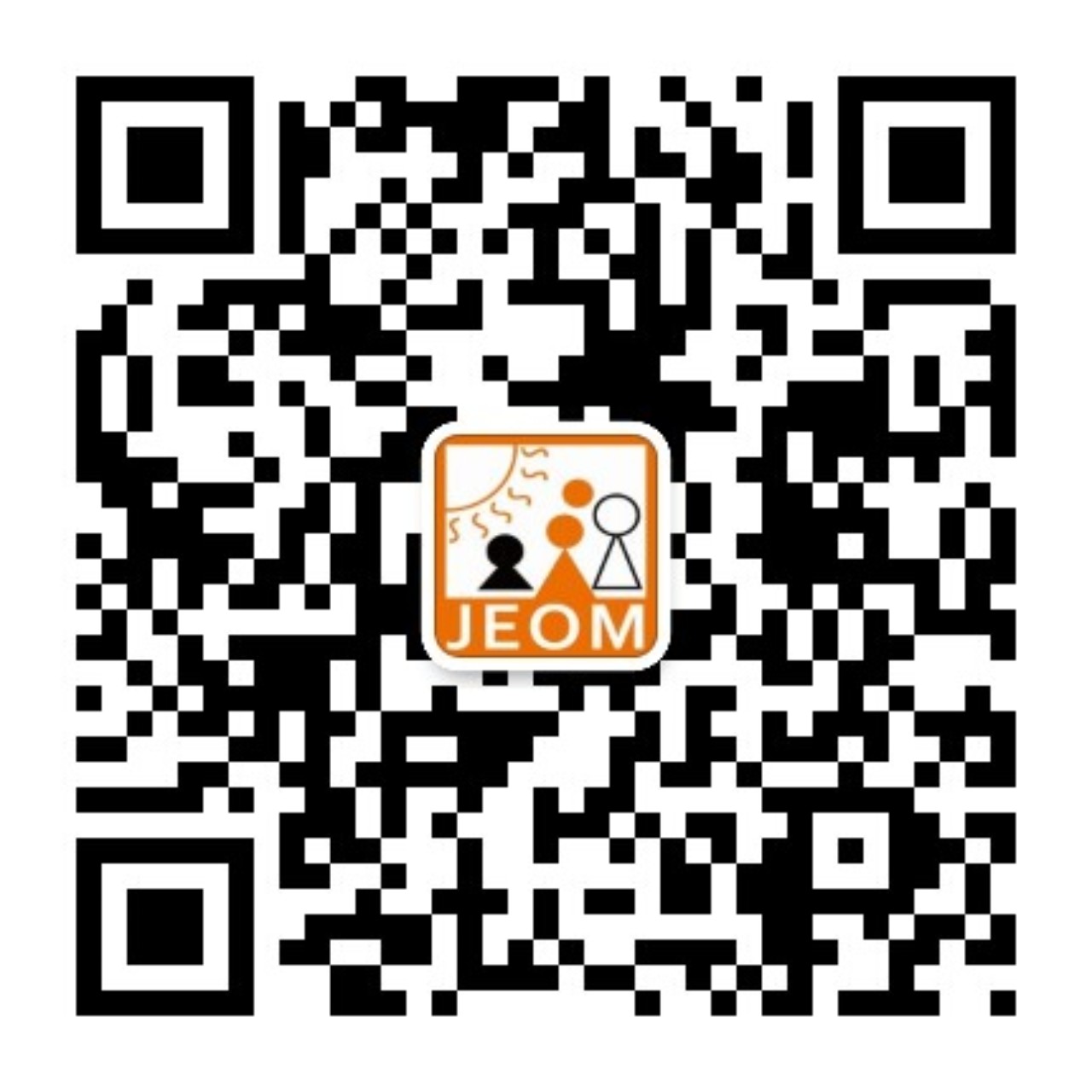Abstract:
[Objective] To explore the reference range of serum alanine aminotransferase (ALT) in populations with exposure to occupational hazards, and to provide theoretical basis for the development of related hygienic standards.
[Methods] Occupational physical examination records of 2 023 workers exposed to occupational hazards having hepatotoxic potentials and ordered occupational health examinations in Institute of Occupational Health, Beijing Center for Diseases Prevention and Control from 1 January to 31 December 2013 were retrieved for retrospective analysis. Serum ALT was measured by automatic biochemistry analyzer. Liver and intrahepatic vascular diseases were detected by abdomen B-ultrasound examination. Then statistical analysis was applied.
[Results] The average serum ALT value was 18 U/L (17 U/L, 216 U/L) in the population, and there were significant differences among different genders and ages. Excluding those having organic liver diseases, the unilateral 95% range for male serum ALT value was 5.0-62.2 U/L, higher than the current standard (before 1 August 2013) (5-40 U/L). However, the positive rate of B-ultrasound examination in the male workers with serum ALT values within 41-60 U/L versus greater than 61 U/L was not significantly different.
[Conclusion] The reference range of serum ALT in the male occupational population may refer to the new standard publicized by Ministry of Health.



 下载:
下载:

